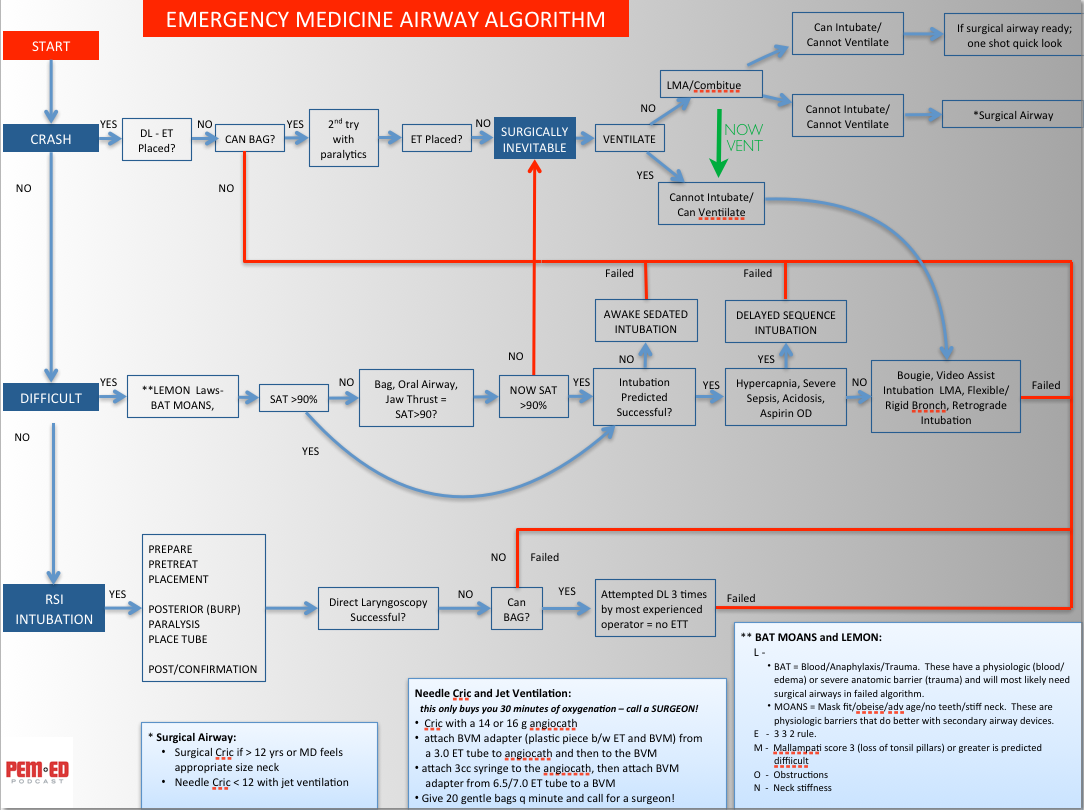Developing a good rule to clinically clear the pediatric cervical spine would be difficult. Very few kids suffer injuries to that region of the body making it nearly impossible to create a well-powered decision instrument. Like with many other attempts in pediatrics you would most likely end up with a guideline that would be fairly sensitive, but horribly specific.
Lets say we abstracted and validated a pediatric c-spine rule that was 95% sensitive and 50% specific. With a disease that occurs at an incidence of less than 0.1% (1/1000), by employing a decision instrument that is 95% sensitive you would reduce your patient's risk of missed injury to say 0.005% (1/20,000) . Sounds great right? Hold on though; there's more. If that same rule is 50% specific (which most peds clinical rules are) 50% of the kids you applied your rule to will have false positives. Therefore 500 of every 1000 patients you employ your decision instrument for would actually be subjected to further workup and needless radiation.
Does any of that sound familiar? It's nearly identical to the use of D-Dimer in very low risk adults (probably better stated as no risk). If you take a low to medium pre-test probability of disease (Wells Score of low-mod = 2-16% risk) and apply a D dimer (sensitivity > 95%) that comes back as a negative result (you now have reduced your 16% chance of having disease to less than 1% because 16% reduced 95% is 0.8%). Well done! You are done with the work-up and you have excluded disease. If you apply the D-Dimer to a very low risk population (1-1000 to 1/10,000 depending on who you read) then you may further reduce your risk (I'm not sure how much lower you need to go to fell comfortable 1/1000 is pretty low), but just like in the example above, you will have subjected twice as many patients to needless CTA of their chests because your D-Dimer specificity was so poor (about the same 50% as above).
Sorry, that's a lot of stats, but here's the take-home message. Your pediatric patient doesn't need a decision instrument as much as they need a good doctor. Any injury with extremely low prevelence will most likely end up below the test threshold of creating and validating a decision instrument that you can rely on. It is hard to get objective data in pre-verbal children, but it is easy to play with them, earn their trust and make a good clinical decision. NEXUS gets you to 8 years of age, but then it's up to you to make a decision based on experience.
iTunes Link
Podcast 5 - AVI Format (Larger Video Version)
Podcast 5 - Pediatric C Spine Clearance








